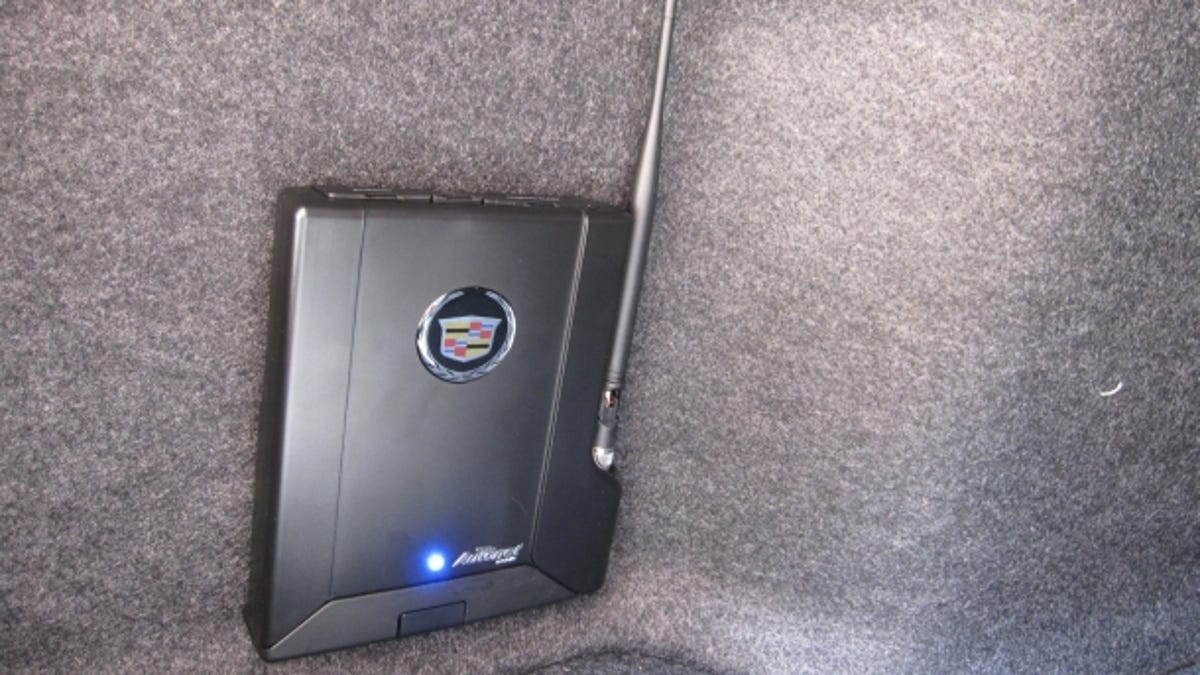On the road with Autonet in-car Wi-Fi
We live blog our impressions of the Autonet in-car Wi-Fi access point from a moving vehicle!

We were recently handed the keys to a Cadillac CTS equipped with an Autonet in-car wireless access point. The system joins a cellular data connection with a Wi-Fi access point to offer Internet access on the go.
We figured, what better way to test this system than with a liveblog from the road?
After starting the vehicle, we were able to quickly connect our laptop (as well as an iPod Touch) to the Autonet access point in exactly the same way that we would for a stationary access point.
After confirming that we were in fact connected to the Internet, we attempted a few unofficial speed tests. We logged onto YouTube and (using the timer on our iPod Touch) checked to see how quickly we were able to load and play one of the Antuan's favorite videos. From the time we clicked the link to the time the video began to play, nearly 3 minutes had elapsed. Even then, the video stuttered with constant buffering. By the time the one-minute video had completed, nearly 5 minutes had passed. For comparison, the same video loaded in about 25 seconds on an iPhone 3G using the 3G wireless connection.
Our speed test concluded, we hit the road with Editor Wayne Cunningham behind the wheel and Associate Editor Antuan Goodwin at the keyboard, liveblogging. We tested a few less data-intensive sites. Google Maps, for example, was relatively quick to display our search results, but lagged in displaying the actual map imagery and live traffic updates. Our own CNET Car Tech page also loaded quickly, but again, videos were painfully slow to play.
Eventually, we found ourselves at a great little burrito place, and Wayne ran in to grab lunch. Meanwhile, Antuan was busy uploading the pictures that we'd snapped along the way. The photos averaged about 200kb each and uploaded in about 2-5 seconds apiece, which is definitely tolerable.
Because the system is completely hidden, there's no way of knowing how strong your cellular signal is, so you won't know if you're in a dead spot until you lose your signal. This is a minor inconvenience, which we are inclined to forgive.
The Autonet in-car access point retails for $499 (plus installation) with a $29-per-month subscription to keep the bits and bytes flowing.



